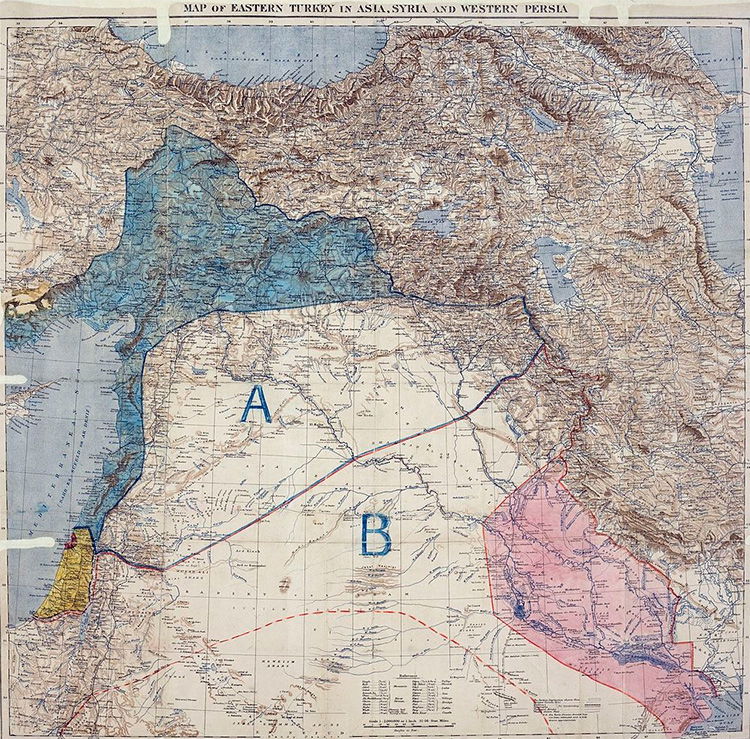Architects of Failure: 100 years of Sykes-Picot
How the Sykes-Picot agreement signed in 1916 became shorthand for Western treachery, greed and colonial machinations.

How the Sykes-Picot agreement signed in 1916 became shorthand for Western treachery, greed and colonial machinations.
